In the intricate dance of nature’s timing, few performances are as precisely choreographed as the relationship between certain bird species and insect hatches. Among these remarkable synchronizations, there exists a fascinating ecological phenomenon where specific bird species coordinate their migration and breeding cycles with the emergence of insects. These birds have evolved remarkable adaptations to track, anticipate, and capitalize on these brief but abundant food sources. This natural synchronicity not only showcases the incredible adaptability of avian species but also highlights the delicate interdependence within ecosystems. The timing is so precise that even a slight environmental disruption can have cascading effects on both the insects and the birds that rely on them.
The Tree Swallow: Nature’s Timing Expert
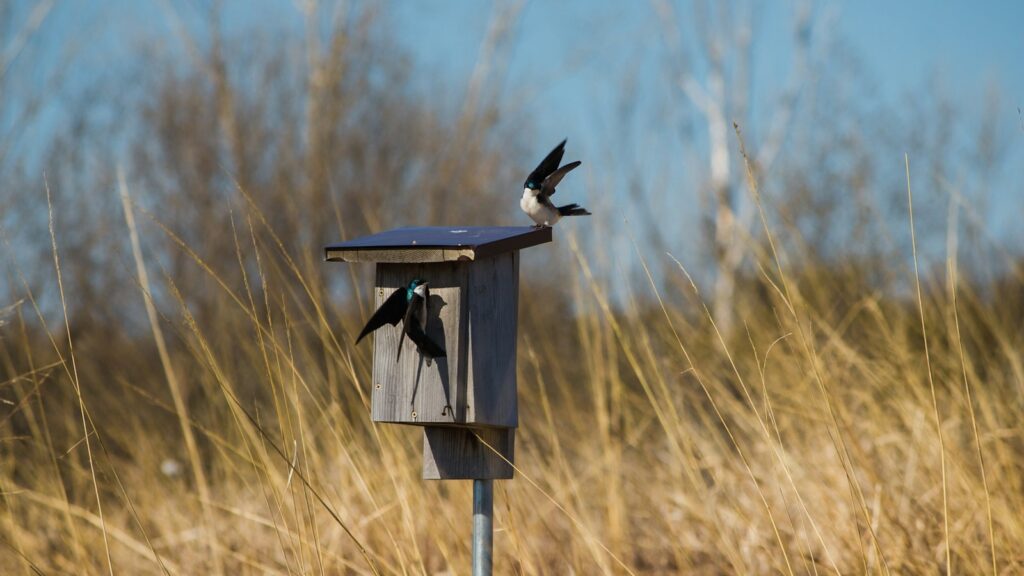
The Tree Swallow (Tachycineta bicolor) stands out as one of nature’s most remarkable timing specialists, synchronizing its breeding season with major insect hatches. These aerial insectivores coordinate their nesting period so that their chicks reach peak feeding demand precisely when aquatic insects like mayflies and caddisflies emerge in massive numbers. Research has shown that Tree Swallows can adjust their egg-laying dates by up to two weeks in response to temperature variations that affect insect emergence. Their sleek, iridescent blue-green bodies and acrobatic flight patterns make them perfectly adapted for catching insects on the wing during these critical hatching events. The precision of this timing is so critical that a mismatch of just a few days can significantly reduce nesting success and chick survival rates.
The Phenomenon of Insect Hatches
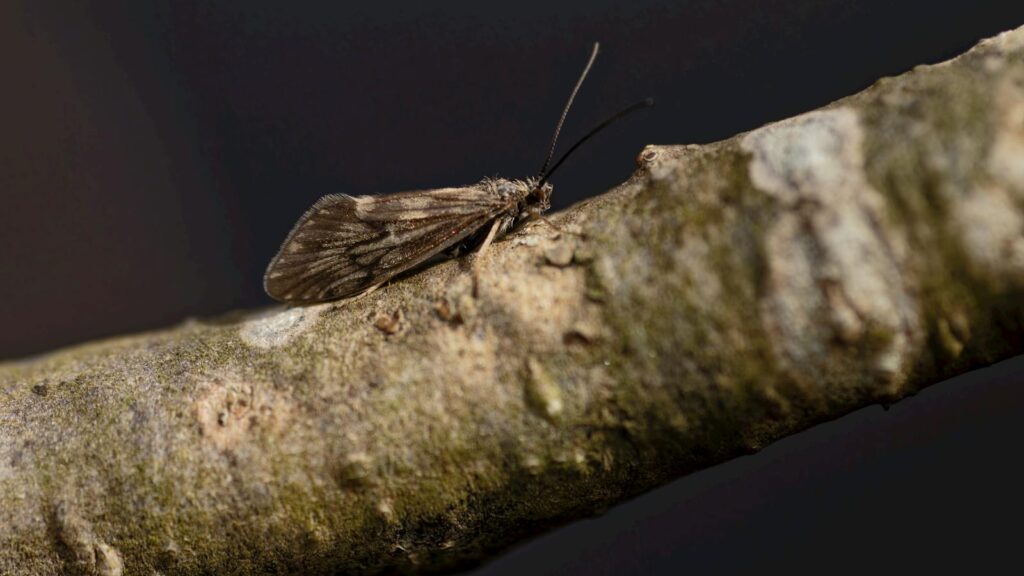
Insect hatches represent one of nature’s most spectacular mass emergence events, where thousands or even millions of insects simultaneously transition to their adult forms. These events often occur with remarkable predictability, triggered by specific environmental conditions such as water temperature, day length, or seasonal cues. Mayfly hatches are perhaps the most famous, with some species emerging in such density that they can appear on weather radar and pile inches deep on roads and buildings near waterways. Midges, caddisflies, and certain moth species also display this synchronized emergence strategy, which evolved primarily as a predator satiation technique—releasing so many individuals at once that predators cannot possibly consume them all. The timing of these hatches can be remarkably consistent from year to year, creating reliable food pulses that birds and other predators have evolved to exploit.
How Birds Detect Approaching Insect Emergences
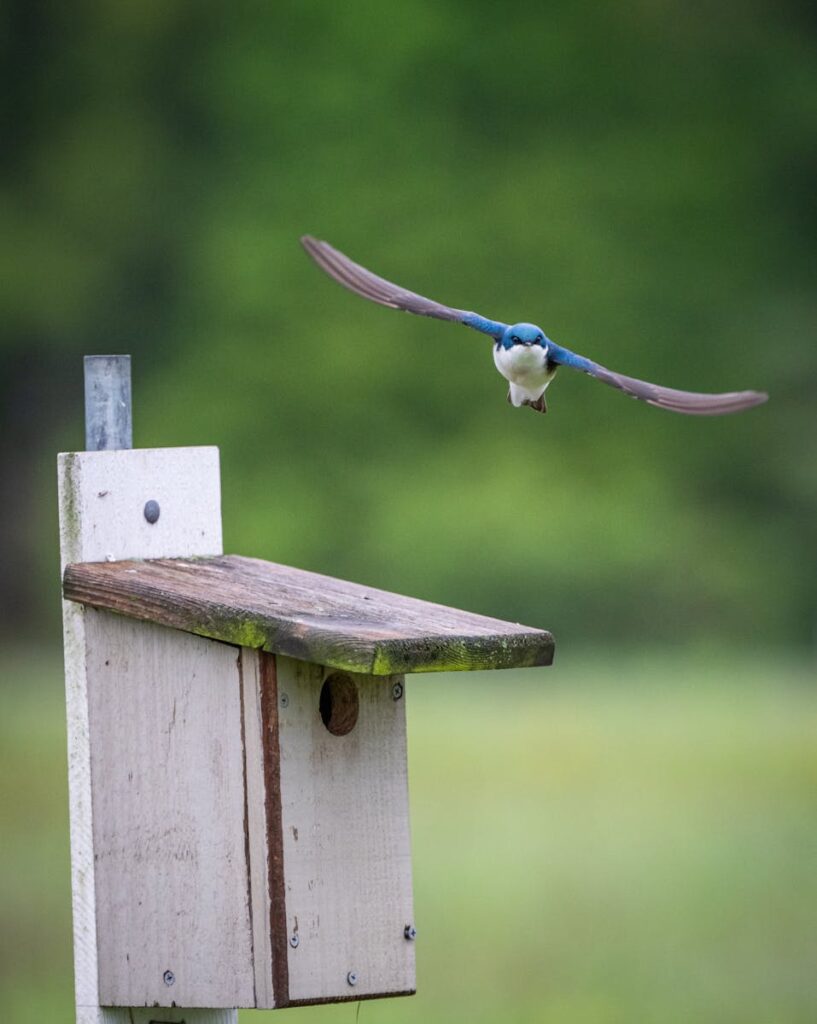
Birds employ a sophisticated array of environmental monitoring systems to predict approaching insect hatches with remarkable accuracy. Many species rely on photoperiod (day length) as a primary cue to time their migration and breeding, but they fine-tune their timing using secondary cues like temperature patterns, which directly affect insect development. Some birds, particularly those that feed on aquatic insects, have been observed monitoring water bodies for early signs of insect activity before emergence events. Research suggests that certain species may even detect subtle chemical signals released by developing insect populations or respond to the appearance of early-emerging individuals. Perhaps most impressively, many birds demonstrate phenotypic plasticity—the ability to adjust their timing from year to year based on environmental conditions, allowing them to adapt to annual variations in hatch timing.
The Purple Martin’s Remarkable Migration Timing
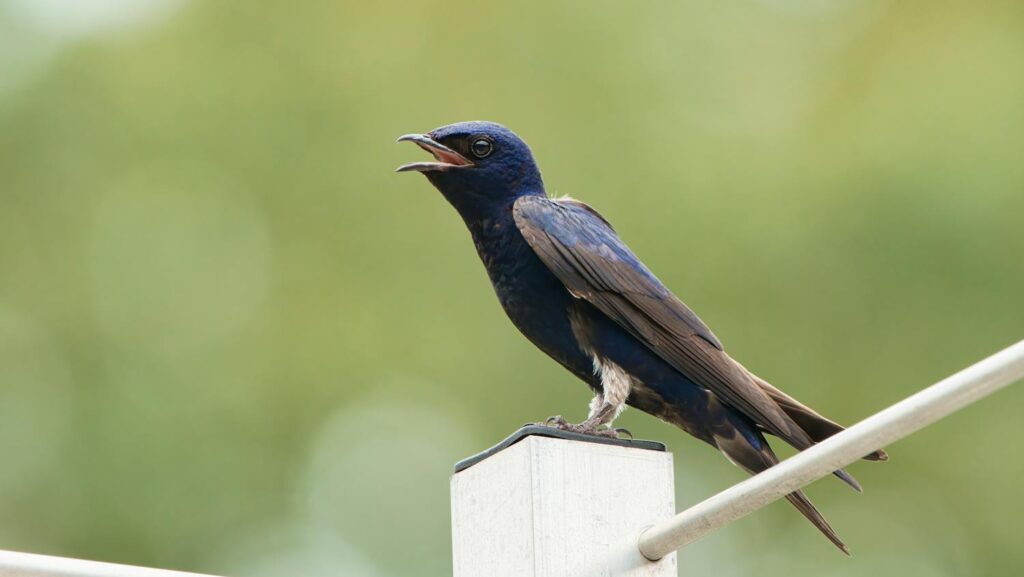
Purple Martins (Progne subis) undertake one of North America’s most precisely timed migrations, traveling thousands of miles from South American wintering grounds to arrive just as flying insect populations begin to surge in spring. These largest members of the swallow family time their arrival within days of optimal conditions, despite traversing continents and facing unpredictable weather patterns along their journey. Researchers tracking Purple Martin migrations have documented how different populations stagger their departures and arrivals to match the latitudinal progression of spring and accompanying insect activity. What makes their timing feat even more impressive is that, unlike some birds that can adjust their breeding schedule after arrival, Purple Martins must make their migration decisions weeks in advance based on environmental cues that somehow predict conditions at their distant breeding grounds. Their reliance on aerial insects is so complete that early cold snaps that delay insect emergence can lead to mass mortality events among early-arriving individuals.
The Eastern Phoebe’s Early Arrival Strategy
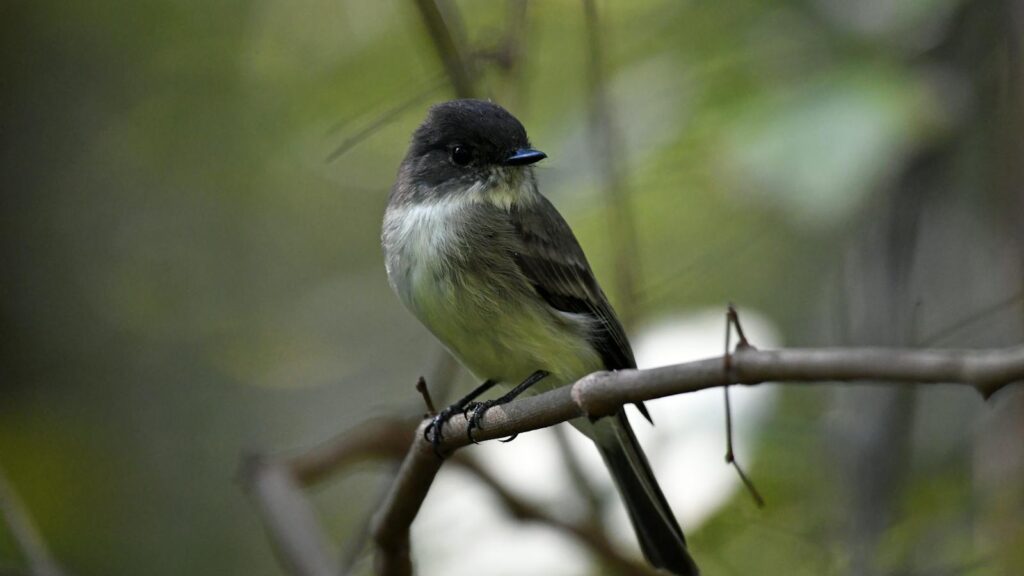
The Eastern Phoebe (Sayornis phoebe) employs a different but equally effective strategy, arriving at breeding grounds notably earlier than many other insectivorous species. These small flycatchers time their arrival to coincide with the very first spring insect emergences, giving them a competitive advantage in territory establishment. Their early arrival is made possible by their dietary flexibility—while they prefer flying insects, they can subsist on early-emerging aquatic insects and even some berries when necessary. Eastern Phoebes have developed physiological adaptations that allow them to tolerate colder temperatures than many other insectivores, including a slightly higher basal metabolic rate during spring months. Their nesting strategy also aligns perfectly with insect emergence patterns, as they typically produce two broods per season, with the second brood coinciding with peak summer insect abundance.
Warblers and the Spruce Budworm Connection
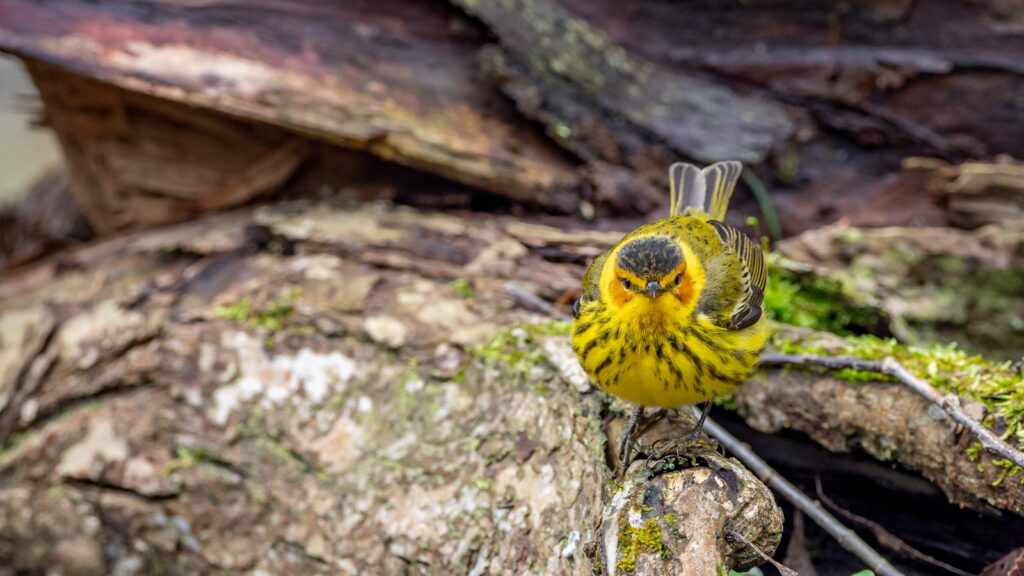
Several warbler species, particularly the Cape May Warbler (Setophaga tigrina) and Bay-breasted Warbler (Setophaga castanea), exhibit a fascinating population response to the cyclical outbreaks of spruce budworm in North American boreal forests. These warblers time their breeding not just seasonally but over multi-year cycles to match the periodic population explosions of this forest pest. During budworm outbreak years, these normally uncommon warblers can increase their population density by up to ten times, producing larger clutches of eggs and successfully raising more young. The connection is so strong that ornithologists can often predict budworm outbreaks by monitoring warbler populations and their movements. This specialized relationship demonstrates how some birds have evolved to exploit not just seasonal insect emergences but also longer-term population cycles of specific prey species.
The Bank Swallow’s Colonial Timing Advantage
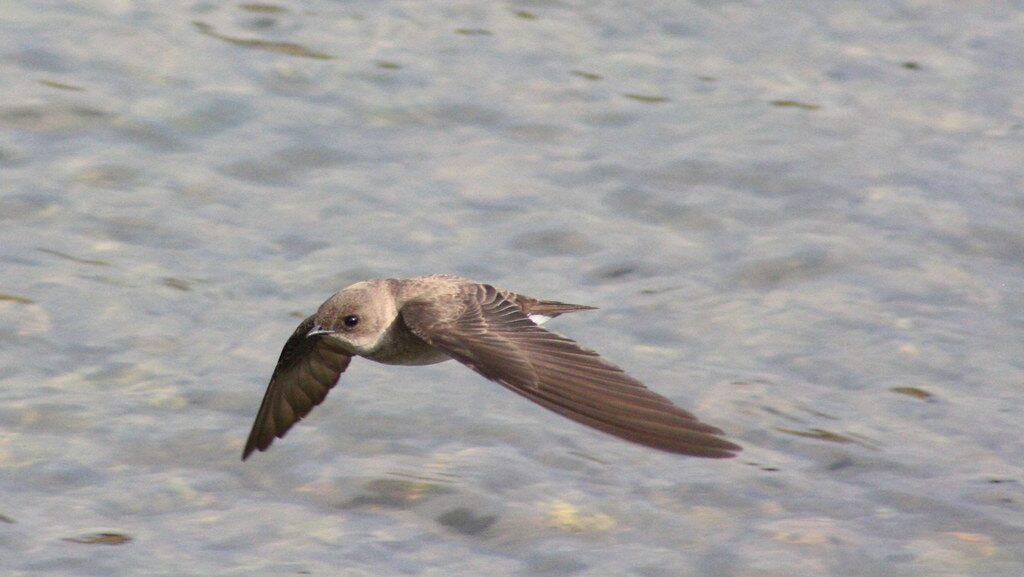
Bank Swallows (Riparia riparia) demonstrate how colonial nesting provides timing advantages when synchronizing with insect hatches. These small swallows nest in dense colonies along riverbanks and lakeshores, directly adjacent to water bodies where massive aquatic insect emergences occur. The colonial lifestyle allows for information sharing, where early arrivals that detect increasing insect activity can inadvertently signal this abundance to others through their behavior. Studies have documented remarkably synchronized egg-laying within colonies, sometimes with hundreds of pairs initiating clutches within just 2-3 days of each other. This colony-wide synchronization ensures that the peak food demands of nestlings across the colony coincide precisely with peak insect emergence, creating a highly efficient feeding system. Additionally, the collective foraging of the colony creates a more comprehensive monitoring network, allowing quicker detection of emerging insect patches across a larger area.
Nighthawks and Crepuscular Insect Emergences
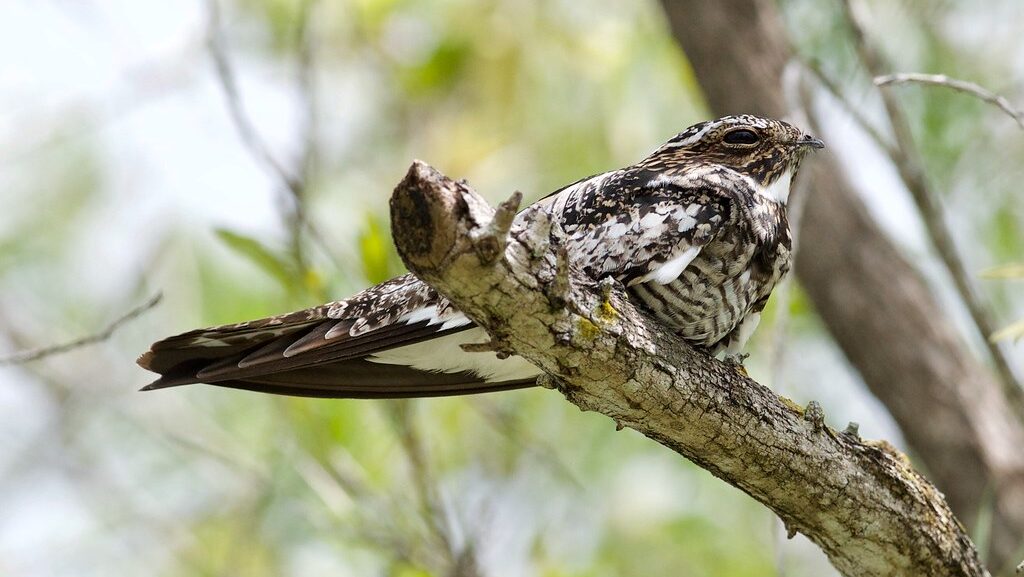
Common Nighthawks (Chordeiles minor) specialize in exploiting the massive emergences of crepuscular insects that occur during dawn and dusk periods. These aerial hunters time both their daily activity patterns and their seasonal breeding cycle to maximize exposure to these specific insect hatches. Their large gaping mouths lined with bristles act like aerial nets, perfectly adapted for scooping up flying insects during the low-light conditions when many aquatic insects emerge. Nighthawks exhibit remarkable precision in their annual migration timing, arriving at northern breeding grounds just as evening insect activity reaches sustainable levels in late spring. Research using geolocators has revealed that nighthawks time their movements to track the emergence of flying termites, mayflies, and caddisflies across their range, sometimes even making short-term movements to capitalize on localized emergence events.
Climate Change and Timing Mismatches
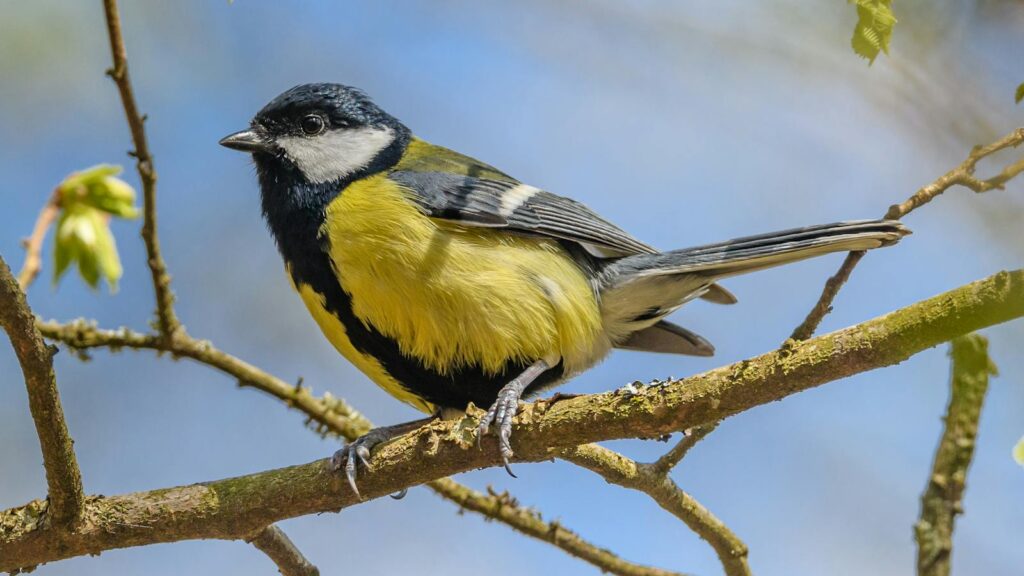
Climate change presents a significant threat to the precisely timed relationships between insect-eating birds and their prey through a phenomenon known as phenological mismatch. As springs arrive earlier in many regions, insect development cycles have shifted forward, while many bird species, particularly long-distance migrants, have not adjusted their timing at the same rate. Studies across Europe and North America have documented increasing misalignment between peak insect availability and nestling demand, resulting in reduced breeding success for many aerial insectivores. The constraint appears most severe for trans-equatorial migrants, which rely on photoperiod cues that don’t reflect changing thermal conditions at their breeding grounds. Research in the Netherlands found that Great Tits have advanced their egg-laying by only 5-7 days while their caterpillar prey now emerge 15-20 days earlier than in the 1980s, creating a growing mismatch that has reduced breeding productivity.
Technological Insights: Tracking Bird-Insect Synchrony
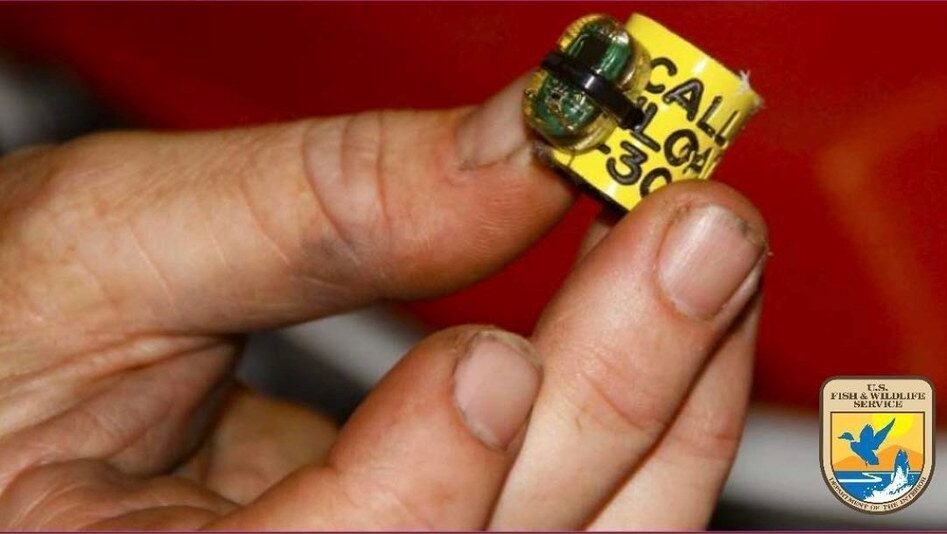
Modern technology has revolutionized our understanding of the intricate timing between birds and insect hatches through sophisticated tracking methods. Miniaturized GPS tags weighing less than a gram now allow researchers to follow individual birds throughout their annual cycle, revealing precise arrival times and movement patterns in relation to insect availability. Automated audio recording units can simultaneously monitor both bird activity and insect abundance through sound signatures, providing continuous data on the relationship between predator and prey. Weather radar networks have proven unexpectedly valuable, capable of detecting both bird migrations and massive insect emergences as biological signatures in the atmosphere. Perhaps most promising are integrated sensor networks that simultaneously monitor temperature, insect development, and bird behavior across entire landscapes, creating comprehensive datasets that reveal how these timing relationships function at ecosystem scales.
The Swift’s Transcontinental Timing Challenge
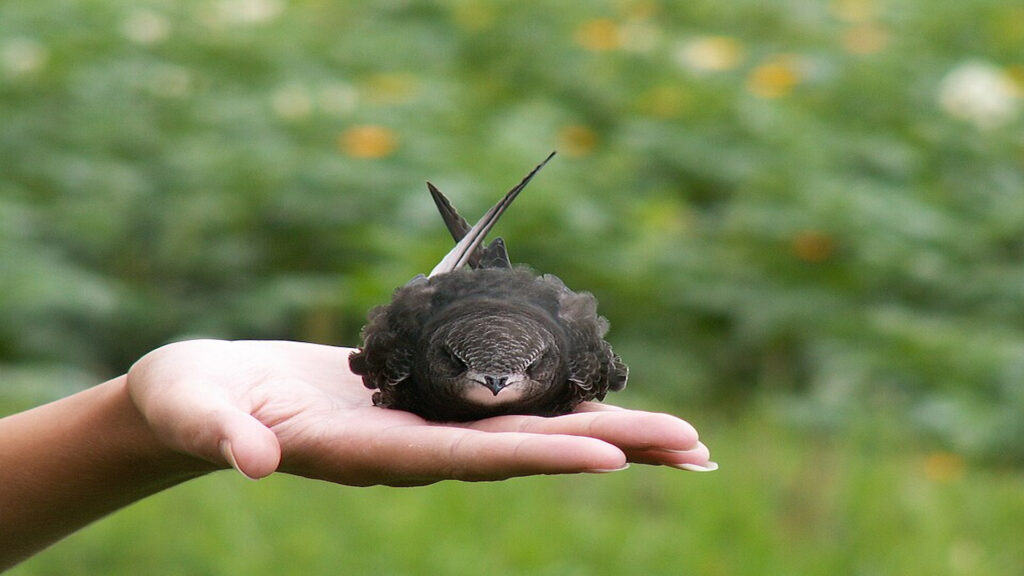
The Common Swift (Apus apus) faces perhaps the most extreme timing challenge of any insectivorous bird, spending over ten months in continuous flight while traversing multiple continents to track insect abundance. These remarkable birds time their brief breeding season in Europe to coincide precisely with peak flying insect abundance, then depart immediately to follow the seasonal pulse of aerial insects southward through Africa. Research using geolocators has revealed that swifts make strategic stopovers in West Africa during October-November and East/Central Africa during February-March, each period coinciding with massive flying termite emergences triggered by seasonal rains. Their annual circuit follows what researchers call the “green wave” of vegetation growth that triggers insect population booms across Africa. Perhaps most remarkably, young swifts leave their European nest sites weeks after adults yet manage to find these same insect-rich regions thousands of miles away without parental guidance.
Conservation Implications for Specialized Insectivores
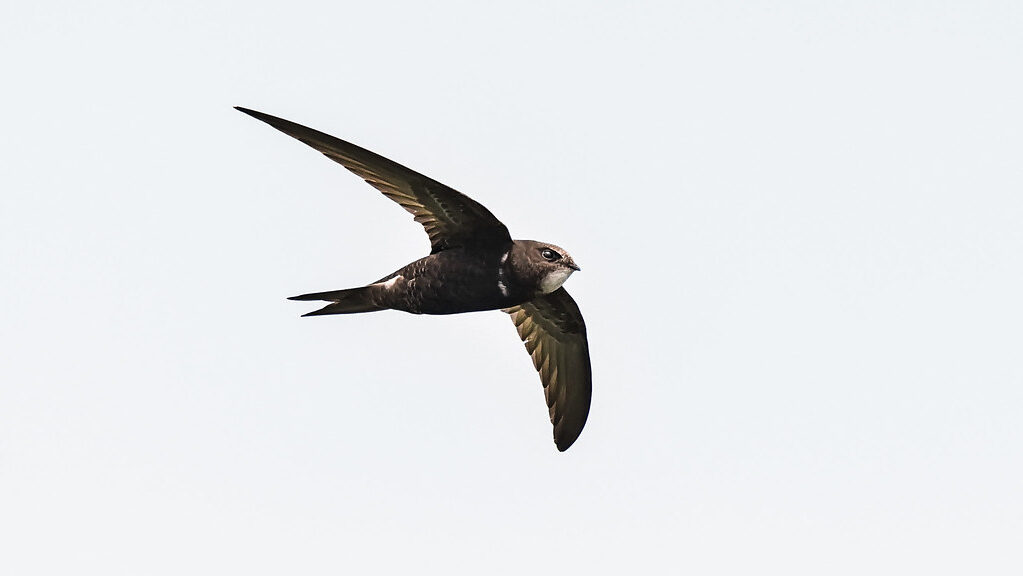
The highly specialized timing adaptations of insectivorous birds create unique conservation challenges as both climate change and habitat loss increasingly disrupt these delicate relationships. Aerial insectivores as a group have experienced steeper population declines than any other bird guild in North America and Europe, with timing mismatches suspected as a key factor. Conservation strategies increasingly focus on protecting not just breeding habitat but entire networks of stopover sites where birds refuel during migration to maintain their precise timing schedules. Emerging approaches include creating habitat management plans specifically designed to support insect populations at critical emergence periods, such as maintaining water quality parameters that influence mayfly development. Some conservation organizations have begun “phenological preservation” efforts—protecting not just physical spaces but the timing of ecological events within them by maintaining historical disturbance regimes like flooding cycles that trigger insect hatches.
Evolutionary Development of Timing Mechanisms
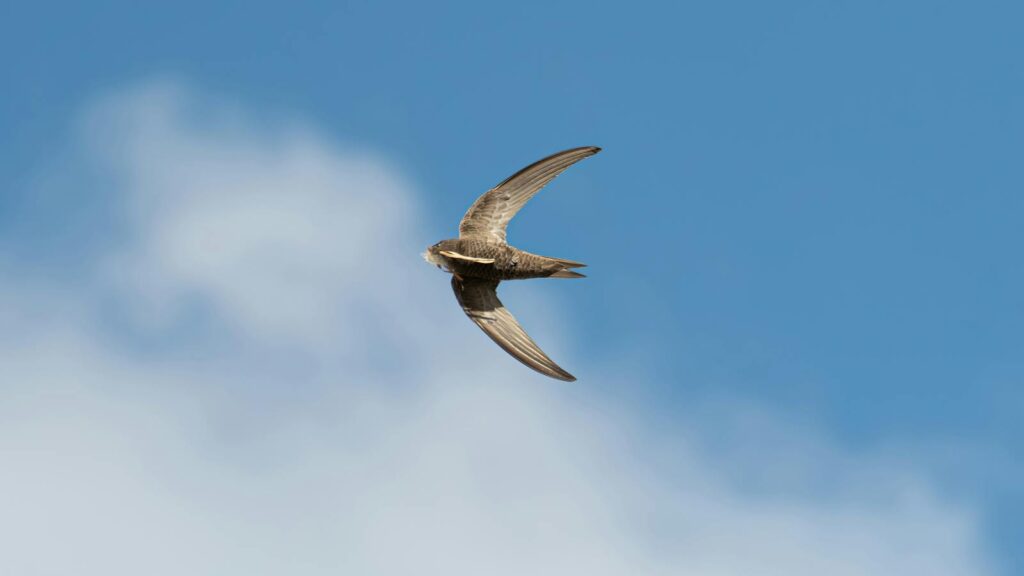
The remarkable timing abilities of insectivorous birds represent the product of millions of years of evolutionary refinement, with both genetic and epigenetic mechanisms involved. Research in tree swallows has identified specific gene regions associated with timing flexibility, with certain genetic variants allowing greater adaptation to annual temperature variations. Many insectivorous species possess enhanced circadian clock mechanisms, with specialized photoreceptors that detect subtle changes in day length beyond what most other birds can perceive. The most specialized insect-timing birds often exhibit developmental plasticity, where early-life exposure to certain timing patterns can permanently influence the bird’s annual scheduling. Interestingly, comparative studies across related bird species reveal that the capacity for precise insect-hatch timing often evolves rapidly during periods of climate change or when birds colonize new regions, suggesting it represents a critical adaptive trait under strong selection pressure.
Conclusion
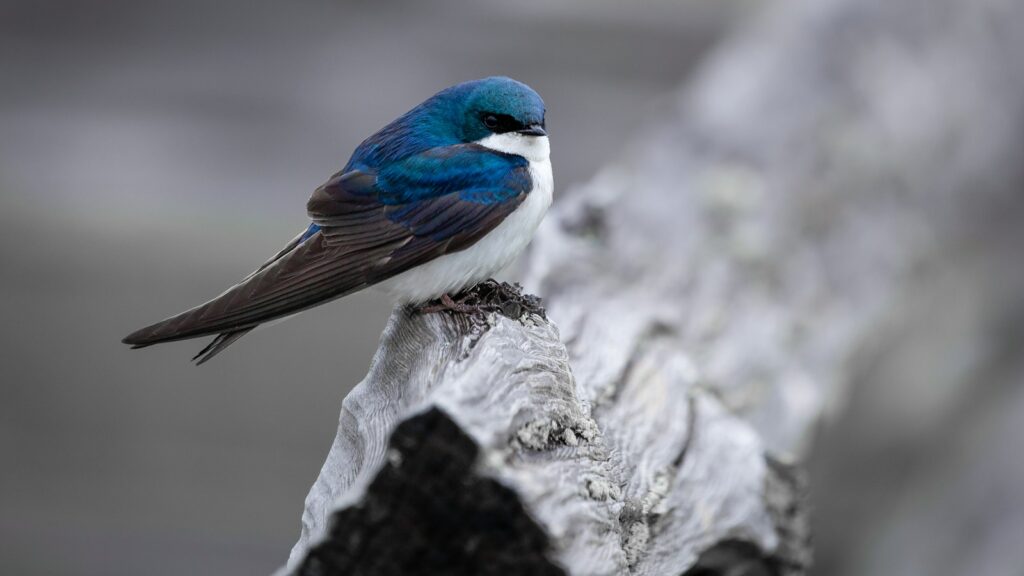
The synchronization between insect-eating birds and mass insect emergences represents one of nature’s most sophisticated timing systems, revealing the extraordinary precision that can evolve when survival depends on being in the right place at exactly the right time. From the Tree Swallow’s breeding adjustments to the Swift’s intercontinental journeys, these birds demonstrate remarkable adaptability in tracking ephemeral but essential food resources. However, this precision timing also creates vulnerability in a rapidly changing world, where climate shifts and habitat alterations threaten to disrupt relationships fine-tuned over evolutionary time. Understanding and protecting these temporal relationships represents an important frontier in conservation biology—recognizing that preserving biodiversity requires maintaining not just species and habitats, but also the intricate timing that connects them.
